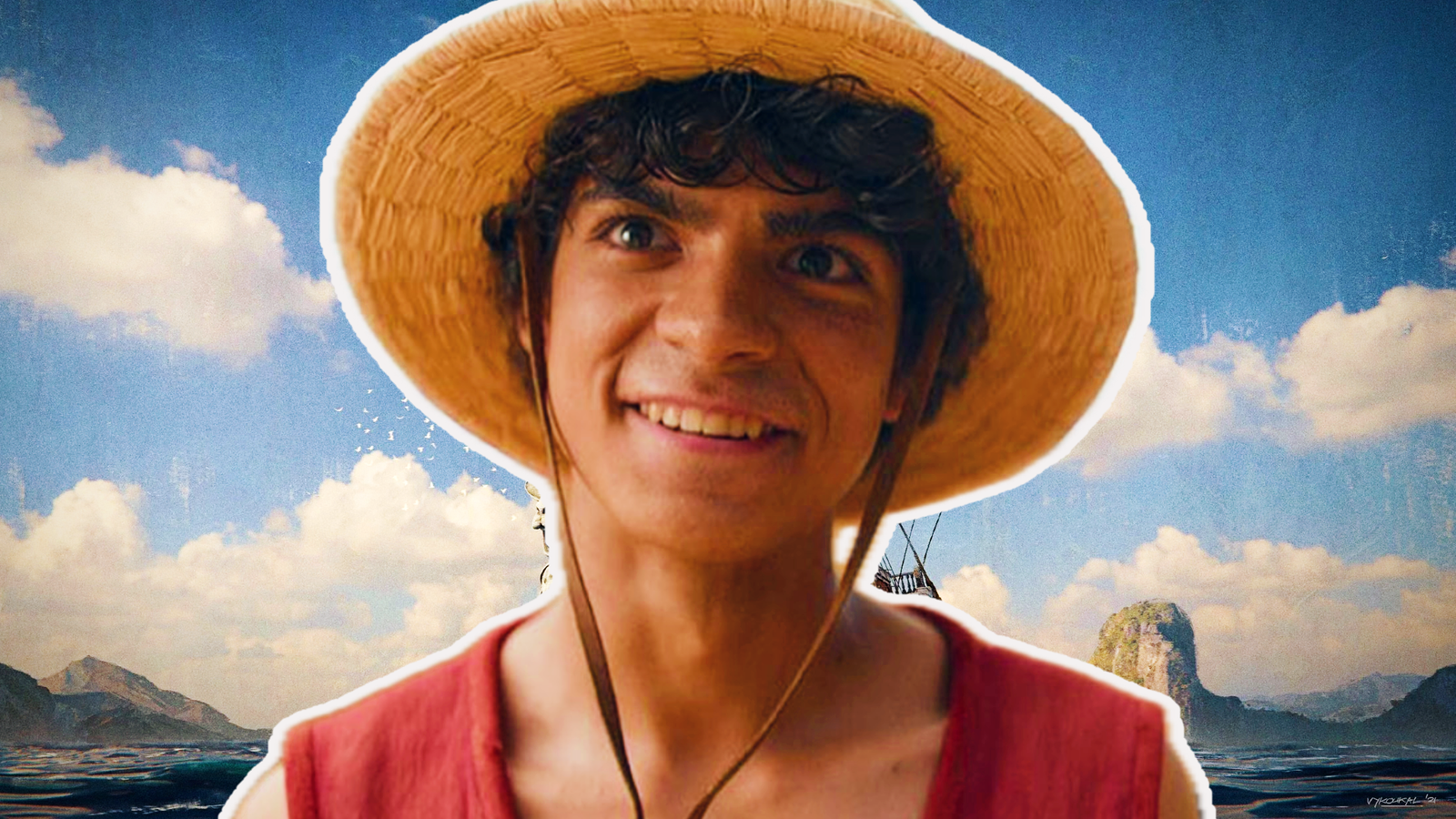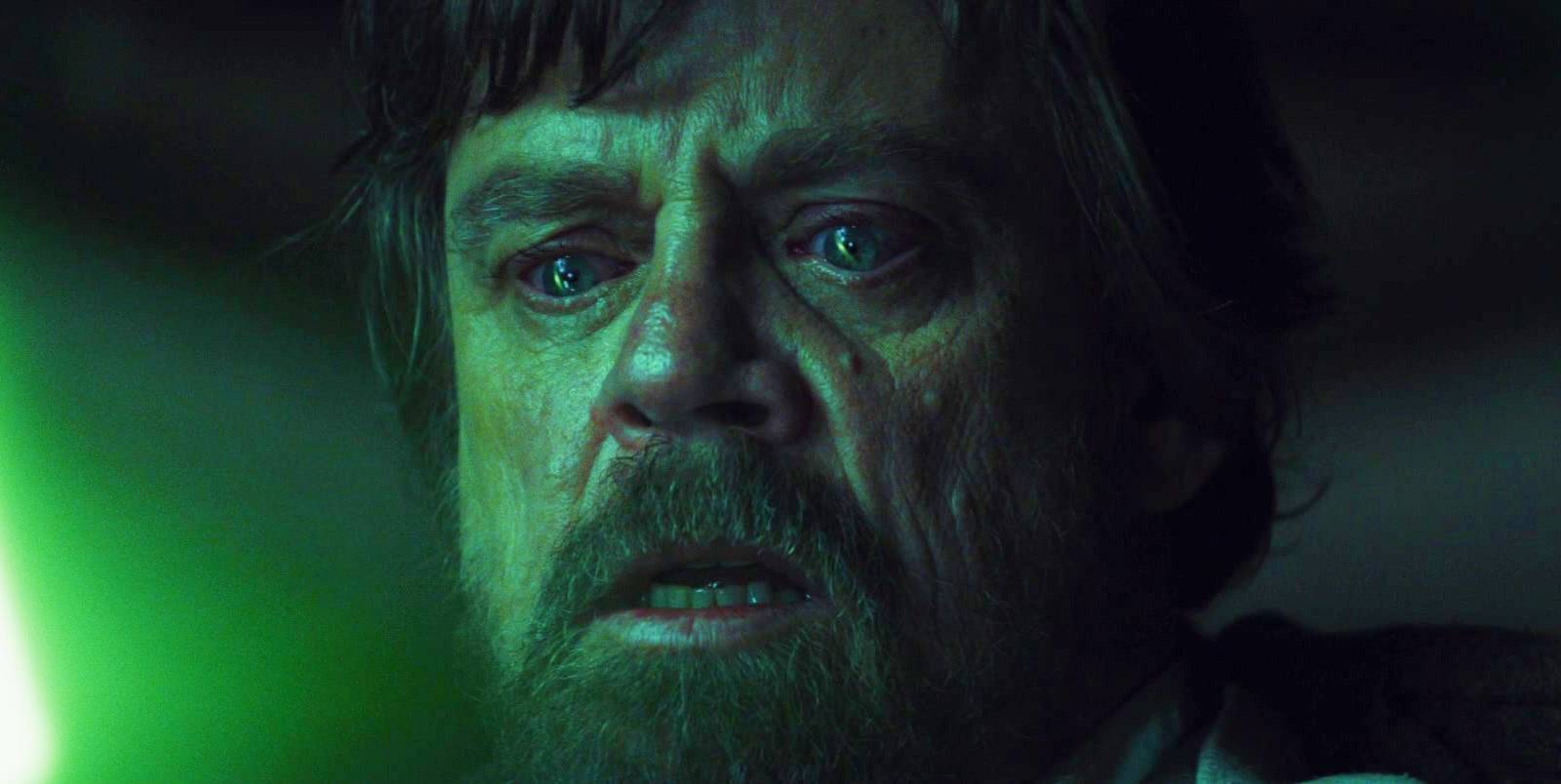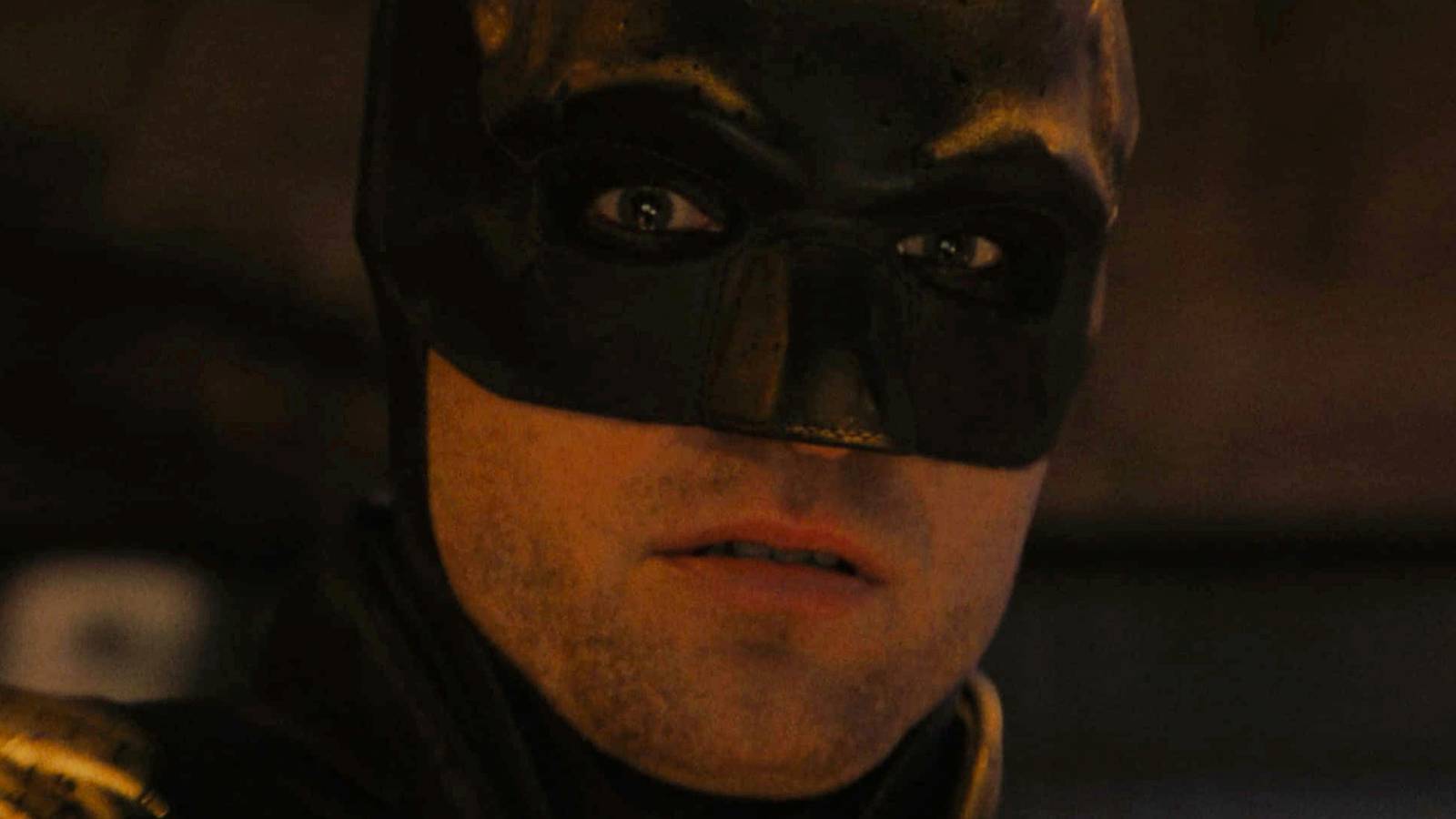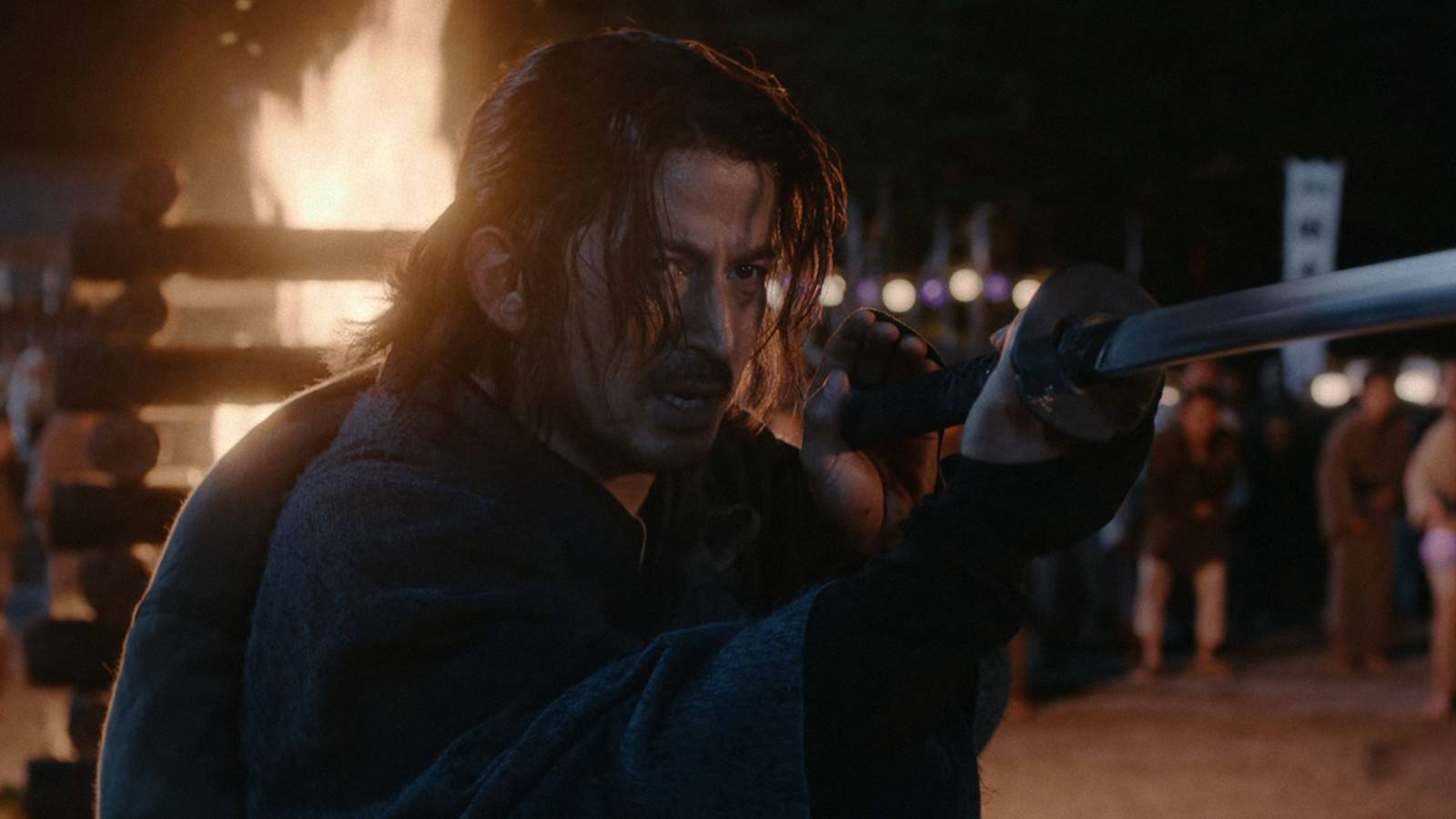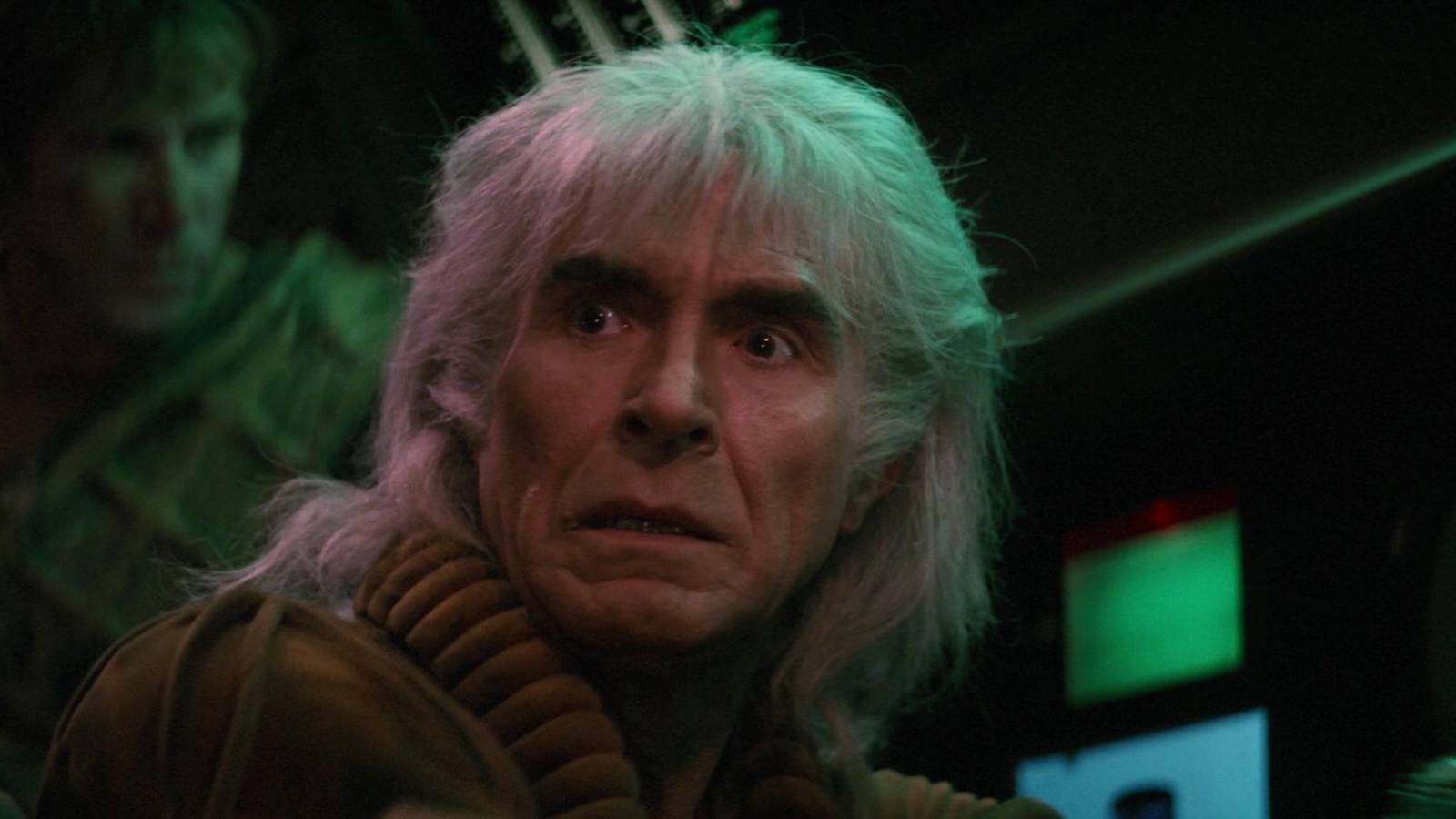Netflix’s live-action adaptation of One Piece has successfully brought fresh excitement to the beloved anime franchise, capturing the hearts of both longtime fans and newcomers. However, this ambitious series now faces a significant challenge that could determine its future: how to manage the aging of its characters and actors across multiple seasons.
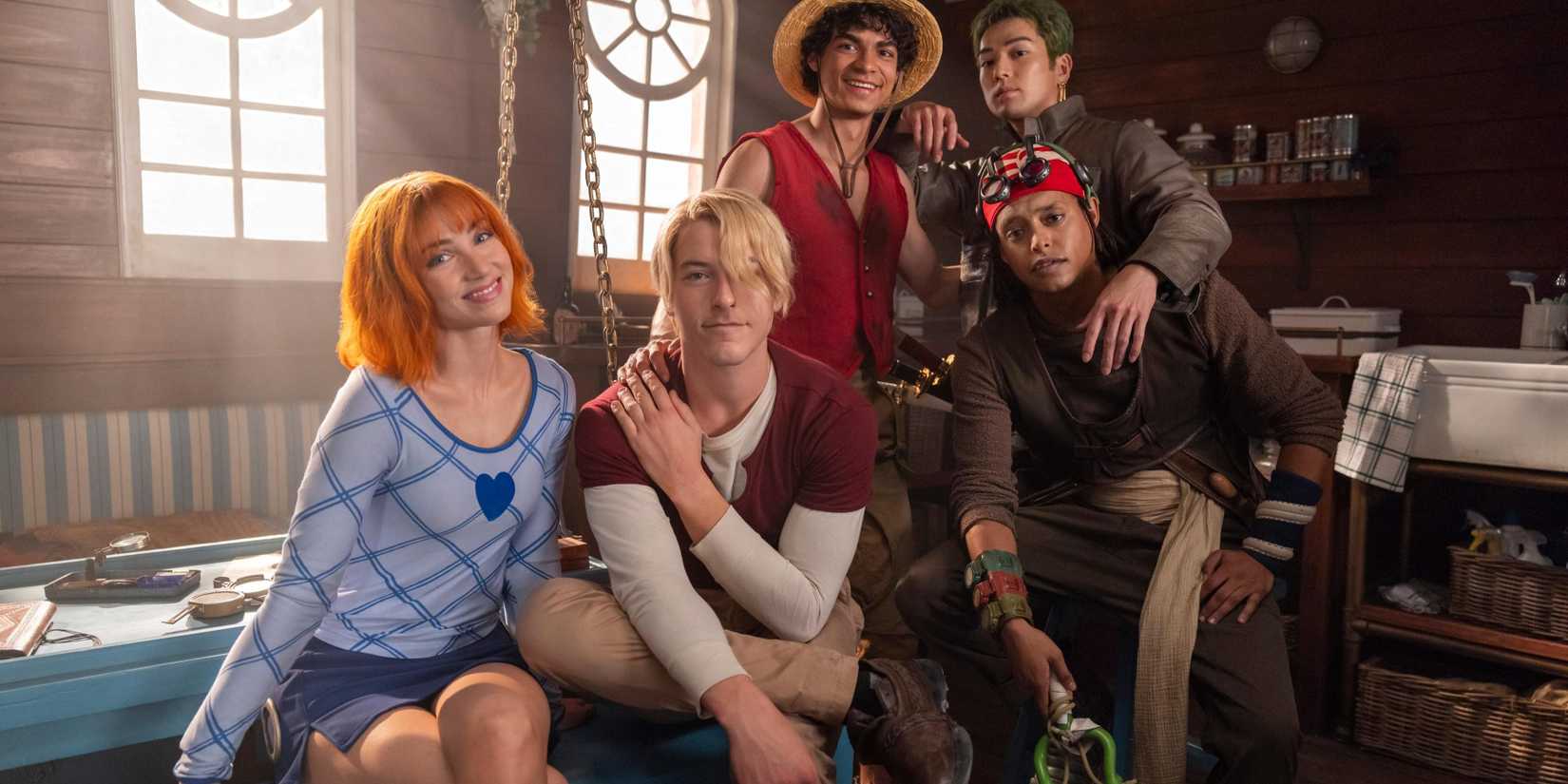
The Age Challenge: A Storm Netflix’s One Piece Must Navigate
The original manga and anime enjoy a timeless quality, with characters largely frozen at specific ages despite the story’s long progression. This creates a stark contrast when translating these characters into live-action, where actors naturally age with each passing year. With season 2 of Netflix’s One Piece scheduled for release on March 10, 2026, and season 3 likely around 2027, the question arises: how will Netflix maintain the youthful spirit of iconic characters like Monkey D. Luffy, who begins his journey at 17 years old?
Unlike Stranger Things, which managed to avoid jarring age discrepancies by wrapping up before its child actors grew too old for their roles, One Piece carries the extra burden of static character ages. While Stranger Things’ cast aged into their early-to-mid twenties while still portraying teenagers, One Piece actors portraying consistently youthful characters will increasingly face believability challenges. For instance, actor Taz Skylar, portraying a 19-year-old, will be in his mid-thirties if the series extends five or six seasons deep—raises tough decisions for the show’s future.
Adapting Character Aging: Balancing Authenticity and Practicality
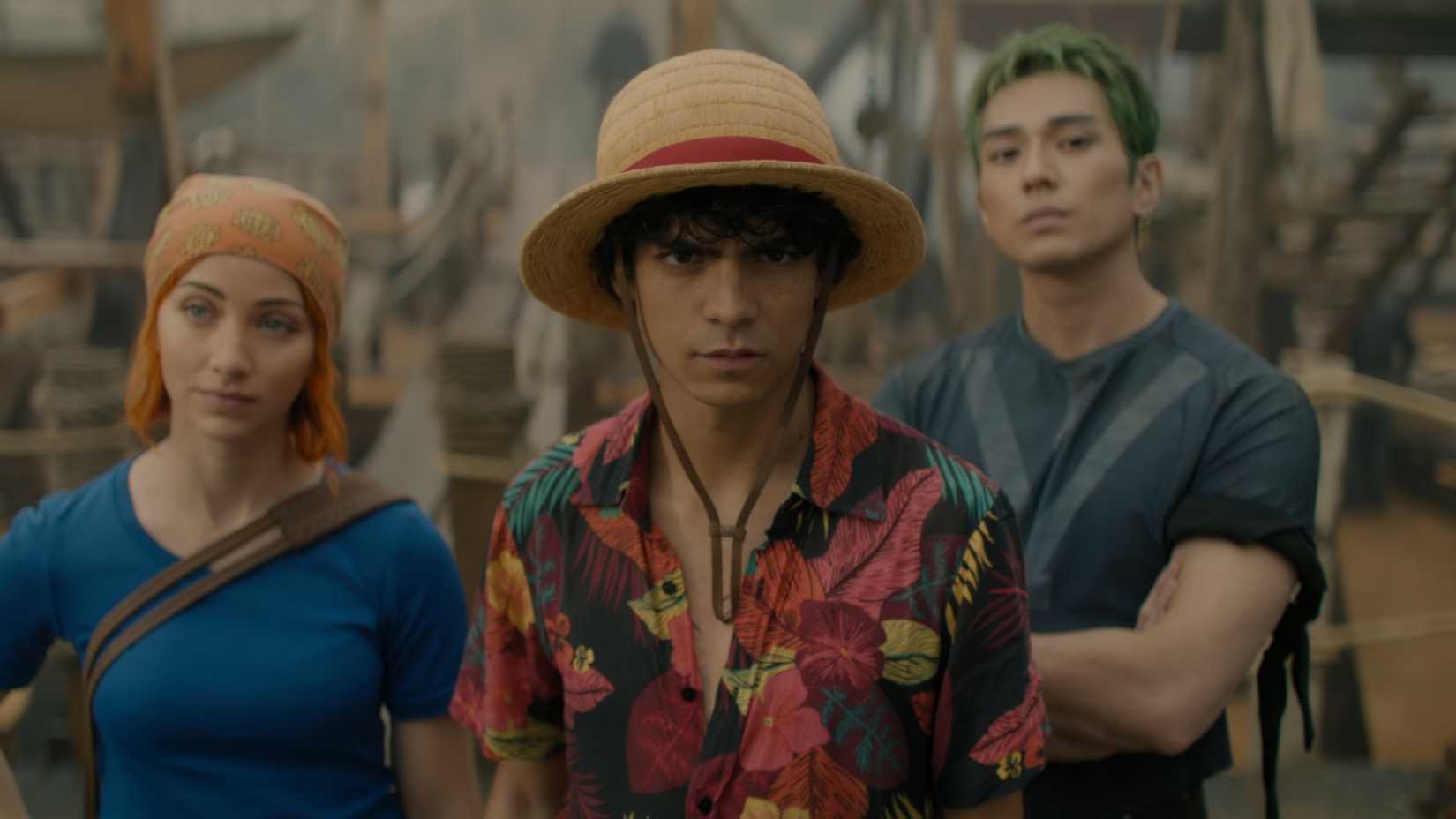
To maintain authenticity while embracing growth, Netflix’s One Piece may have to permit its characters to age differently from their manga counterparts. This approach aligns naturally with live-action’s real-world demands, as actors can’t remain frozen in time. The production schedule also complicates the issue: even by season 3, the series will be delving into the Alabasta Arc, leaving the daunting Marineford Arc and the significant time-skip far ahead.
Though this may initially be a mild adjustment, future seasons may need to craft a narrative that respectfully evolves its characters’ age and maturity, perhaps diverging somewhat from Eiichiro Oda’s original timeline to sustain feasibility and audience engagement.
Lessons from Other Franchises: Avoiding The Witcher’s Pitfalls
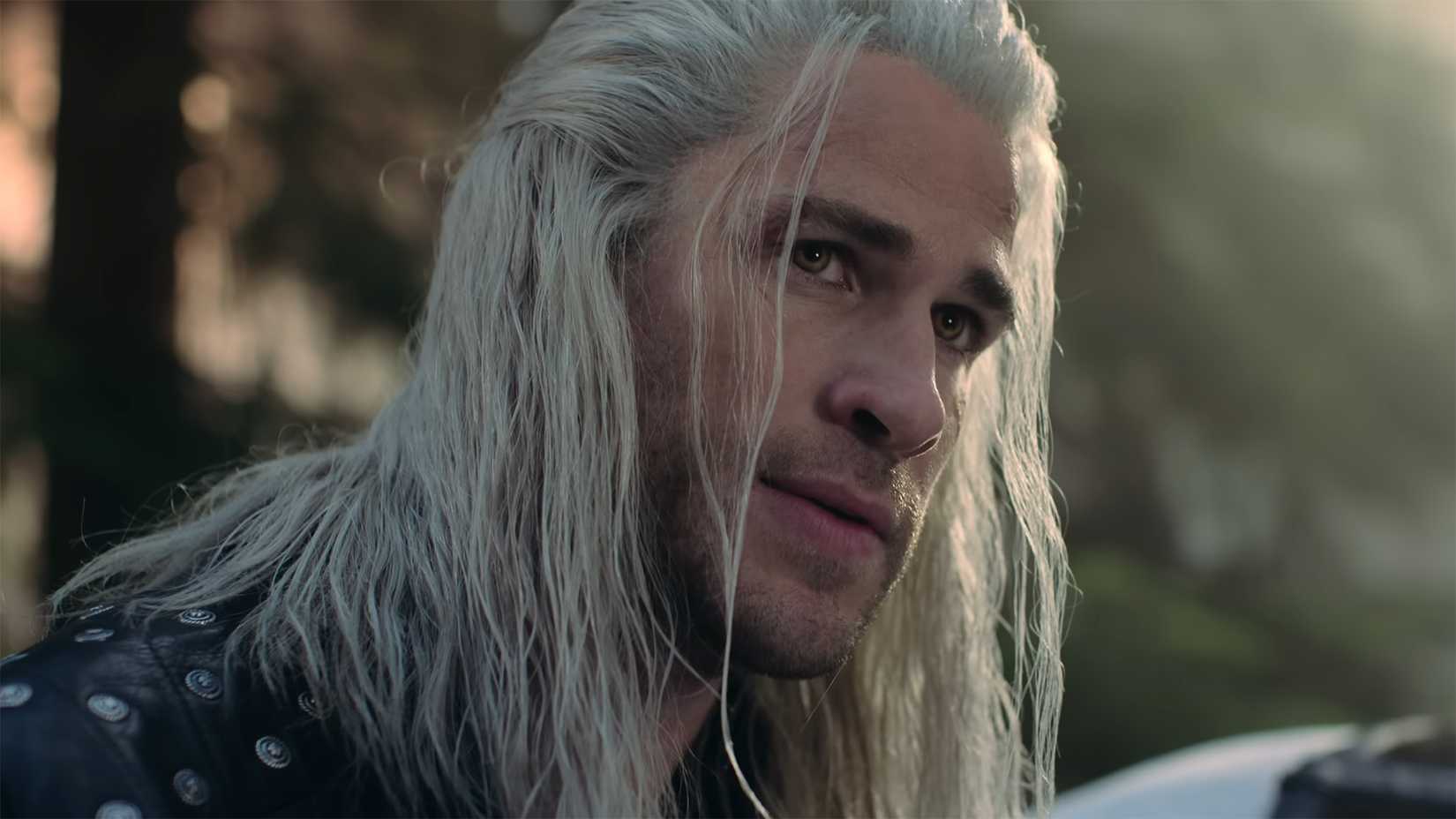
Netflix’s experience with another fantasy adaptation, The Witcher, signals potential pitfalls for One Piece. The Witcher faced challenges including recasting and waning enthusiasm, contributing to concerns about its longevity.
One Piece’s survival depends heavily on sustained hype and viewership. Recasting could become necessary not solely due to aging actors but also because actors pursue new opportunities, a scenario already seen with Henry Cavill’s departure from The Witcher. Thankfully, the lead actor Iñaki Godoy has expressed long-term commitment, providing stability for now.
Moreover, the original anime has seen recasting due to health or other practical reasons, such as Kazuki Yao stepping down as the voice of Franky. These precedents underscore that cast continuity will be an ongoing balancing act for Netflix’s adaptation as it progresses.
Facing Netflix’s Notorious Cancellation Trends
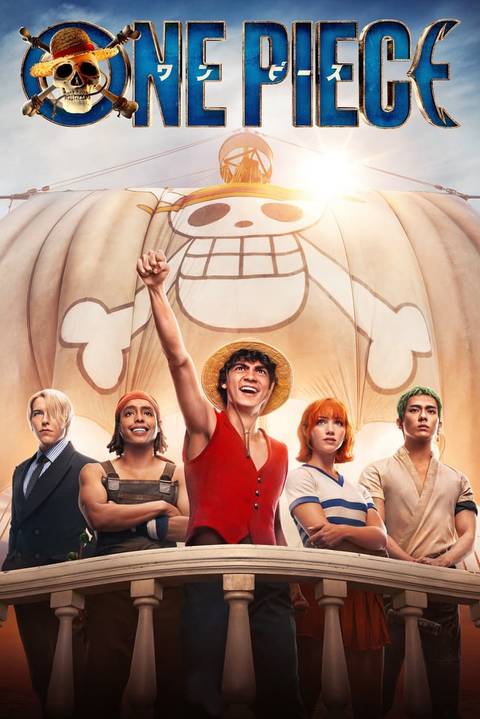
Netflix is infamous for quickly cancelling shows, having axed 16 series in 2024 alone. Even with One Piece’s rich source material—over 1,165 manga chapters and counting—it faces the challenge of cultivating a consistent audience deeply enough to justify long-term production.
While the manga has thrived for over 28 years within the highly competitive Weekly Shonen Jump magazine, Netflix series customarily struggle to secure runs beyond three seasons. However, One Piece’s unique world-building and storytelling could help it break this mold if it manages pacing wisely.
The stakes are high: adapting entire arcs like Marineford and the Wano Country arc requires careful planning to avoid pacing issues that frustrated anime viewers. Fans eagerly await pivotal storylines like Joyboy’s mysteries at Laugh Tale, and a premature cancellation would leave these narratives unresolved in live-action form.
One Piece Is a Significant Netflix Success Despite Challenges
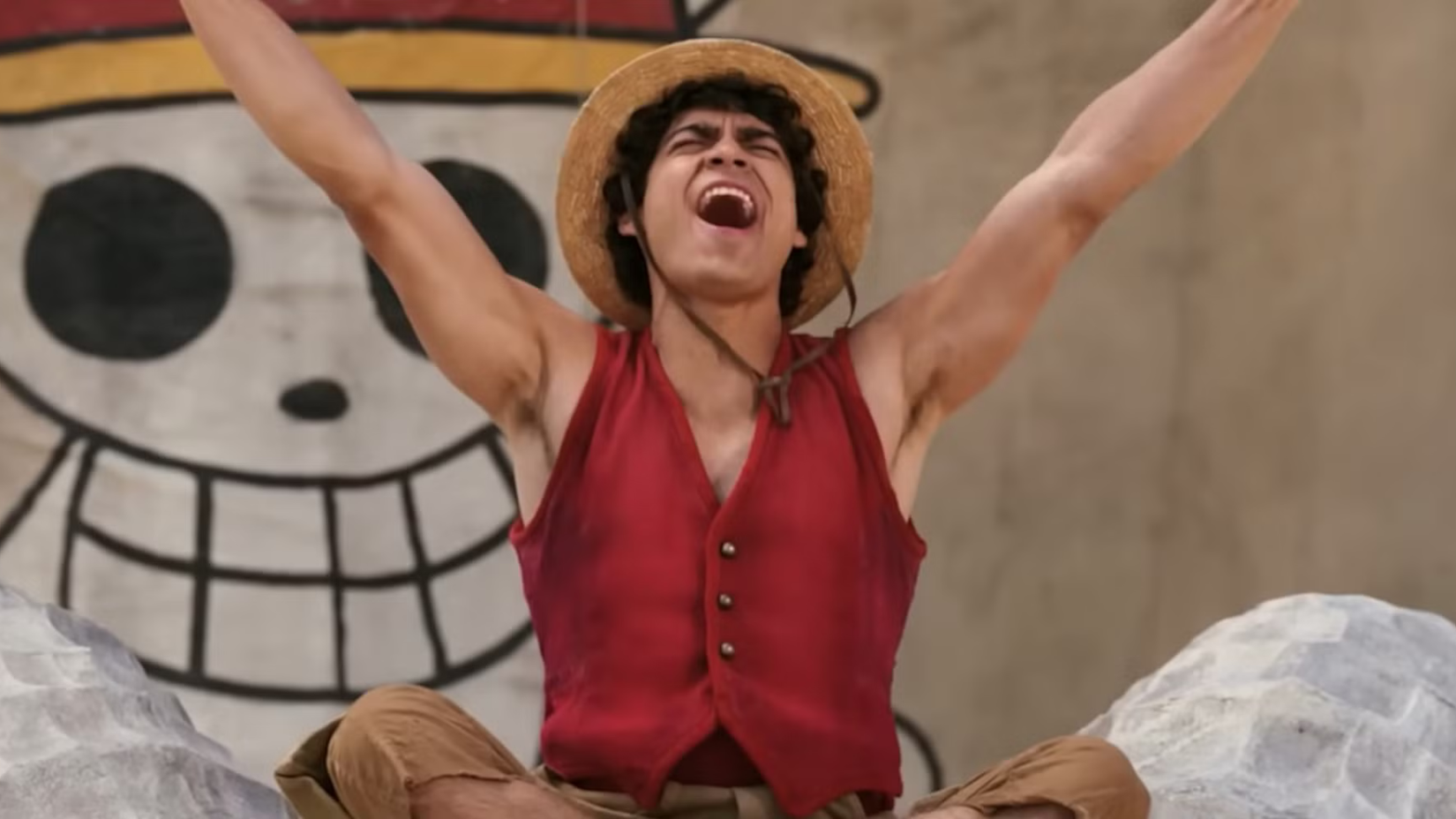
Despite the hurdles, Netflix’s One Piece has garnered a positive reception and a loyal fanbase. It has also inspired a range of popular merchandise, including LEGO collaborations that celebrate iconic scenes and beloved characters like Luffy and Buggy.
The show has weathered various criticisms, including early casting controversies, yet has not seen the kind of backlash that doomed other series. With a carefully chosen cast and dedicated production, Netflix has achieved a notable win with this adaptation, proving that a well-crafted live-action anime adaptation can succeed.
Conclusion
Netflix’s live-action One Piece sails a promising yet stormy sea. While the series has successfully captured the adventurous spirit and charm of the original manga, it faces distinct challenges—from managing the actors’ aging and narrative pacing to navigating Netflix’s cancellation trends.
Adapting a sprawling, decades-long source like One Piece requires delicate balance, innovative storytelling, and sustained audience support. The show’s future depends on how well it can evolve and engage viewers while honoring the beloved world Eiichiro Oda created.
Call to Action: Share your thoughts in the comments and explore more at keeperfacts.com.

